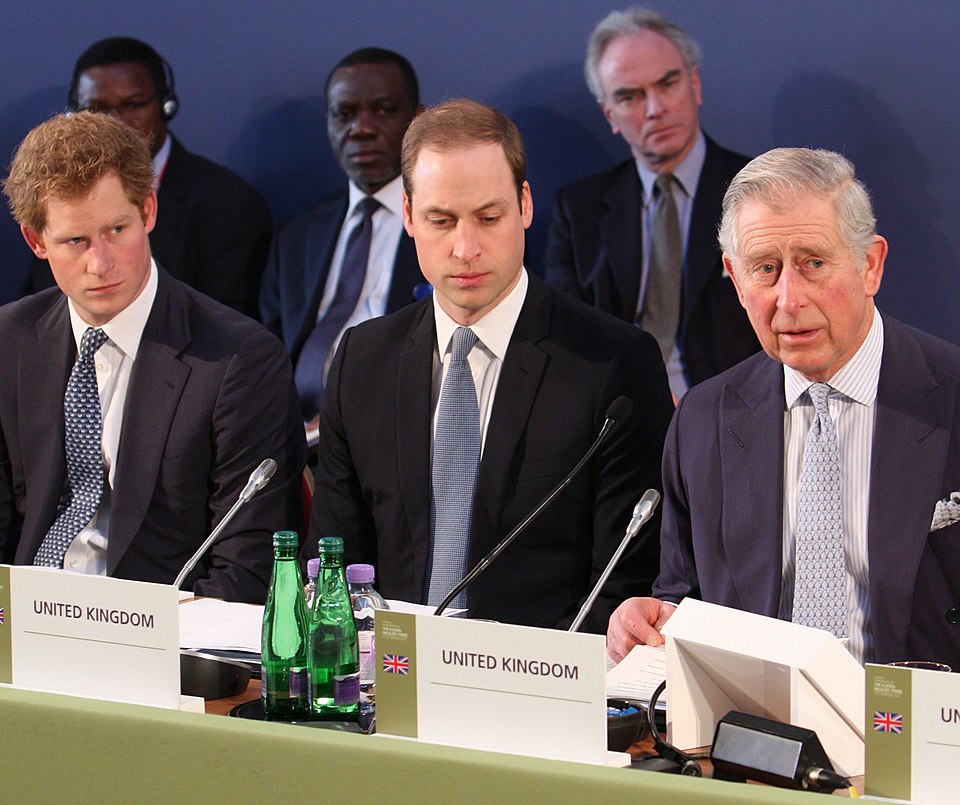
The United Kingdom’s labor market statistics may be overlooking nearly one million employed individuals, creating challenges for the Bank of England (BoE) as it navigates decisions on interest
rate cuts, a report from the Resolution Foundation suggested on Wednesday.
The think tank noted that the current official methodology—set for a major overhaul—might also be overestimating the number of people who have left the workforce altogether.
Since August, the BoE has implemented a modest half-percentage-point rate cut, a more cautious approach compared to the European Central Bank and the U.S. Federal Reserve. This restraint reflects concerns about inflationary pressures linked to the labor market.
“Official statistics have misrepresented the UK labor market's performance since the pandemic, leaving policymakers in the dark with an overly pessimistic narrative,” said Adam Corlett, principal economist at the Resolution Foundation.
The Office for National Statistics (ONS), like similar agencies worldwide, has faced difficulties collecting survey responses since the COVID-19 pandemic. BoE Governor Andrew Bailey recently described the situation as a “substantial problem,” emphasizing the impact of unreliable data on policymaking.
According to the Resolution Foundation, the ONS may have underestimated the growth in employment since 2019 by approximately 930,000. Using data from tax records, self-employment trends, and updated population figures, the think tank’s estimates closely aligned with official statistics until 2020 but have since diverged significantly.
Corlett explained that, based on the foundation’s approach, the UK’s employment rate likely returned to its pre-pandemic peak in 2023 before slightly declining in 2024, leaving it roughly at 2019 levels. This contrasts with official statistics, which suggest a lower employment rate than in 2019—an inconsistency given the strong wage growth and persistent job vacancies.
Prime Minister Keir Starmer has set an ambitious target of increasing the employment rate to 80%, up from the official estimate of 74.8%. However, Corlett warned that even if employment levels are higher than the official figures suggest, achieving this goal would be a formidable task.
“The government faces a steep challenge in boosting employment,” Corlett said. “But crafting effective policy becomes even harder when the UK lacks reliable employment statistics.”
The Resolution Foundation’s findings underscore the urgency for robust and accurate labor market data as policymakers address post-pandemic economic challenges. Photo by Phil Whitehouse, Wikimedia commons.






























































